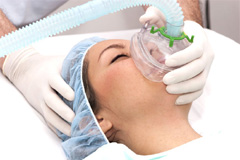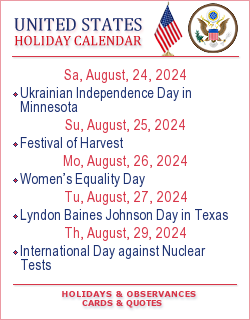World Anesthesia Day commemorates the first successful demonstration of ether anesthesia on October 16, 1846. American dentist William Morton , for the first time publicly used sulfuric ether as an anaesthetic to accomplish a surgery. He administered it by inhalation to Edward Gilbert Abbott for an operation performed by Boston’s leading surgeon John Collins Warren. This ranks as one of the most significant events in the history of Medicine and took place in the surgical amphitheatre of Massachusetts General Hospital, home of the Harvard School of Medicine. The discovery made it possible for patients to obtain the benefits of surgical treatment without the pain associated with an operation.
The 16 October is today globally recognised as World Anaesthesia Day in respect of the importance of this event.
In the practice of medicine, especially surgery, and dentistry, anesthesia (or anaesthesia) is an induced, temporary state with one or more of the following characteristics: analgesia (relief from or prevention of pain), paralysis (extreme muscle relaxation), amnesia (loss of memory), and unconsciousness. An anesthetic is an agent that causes anaesthesia. A patient under the effects of anesthesia is anesthetized. An anesthesiologist (US) or anaesthetist (UK) is a physician who performs anesthesia. A Certified Registered Nurse Anesthetist is an advanced practice nurse who performs anesthesia.
Anesthesia enables the painless performance of medical procedures that would cause severe or intolerable pain to an unanesthetized patient. There is no doubt that anesthesia is essential to save lives, and essential to improve health-related quality of life of millions of people all over the world.
Source: wikipedia.org | oxfordjournals.org





